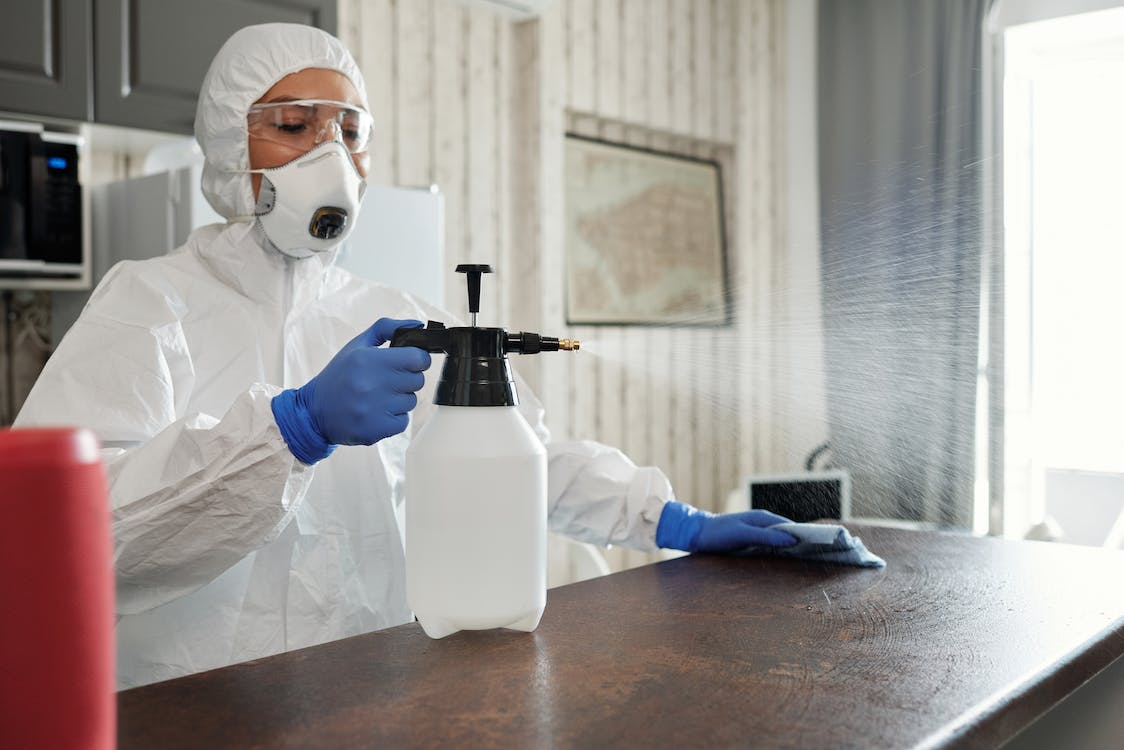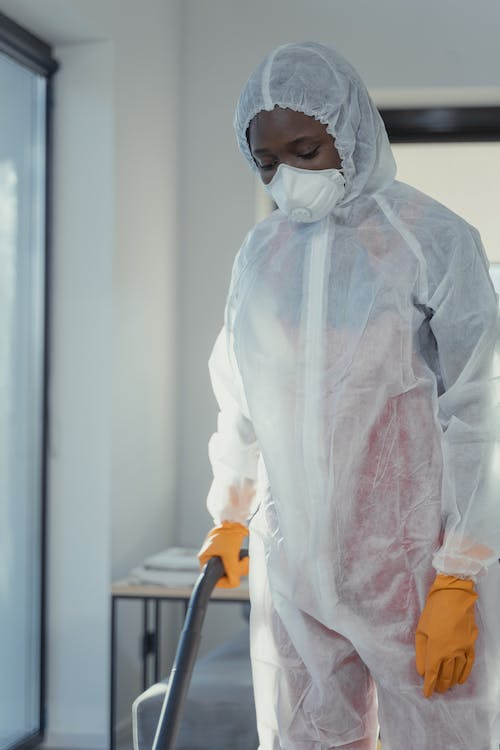Pest control is a crucial aspect of maintaining a healthy home environment, whether it’s in residential, commercial, or agricultural settings. Effective pest management involves using various tools and techniques to eradicate or control pests efficiently.
Read on as we discuss some essential tools used during pest control to tackle infestations and ensure pest-free spaces.
1. Inspection Tools
Before implementing any pest control measures, a thorough inspection is necessary to identify the type and extent of the infestation. Inspection tools such as flashlights, magnifying glasses, moisture meters, and thermal imaging cameras help professionals locate pests’ hiding spots, entry points, and nesting areas.
Conducting a comprehensive inspection allows pest control experts to develop tailored strategies to address specific pest problems effectively.
2. Traps and Baits
Traps and baits are fundamental tools in pest control to capture or lure pests, preventing further infestation. Various types of traps, including snap traps, glue boards, and electronic traps, are deployed depending on the target pest species and the severity of the infestation.
Baits containing attractants or pesticides are beneficial to entice pests and eliminate them efficiently, minimizing the need for chemical sprays.

3. Application Equipment
When chemical treatments are necessary, pest control professionals rely on specialized application equipment to administer pesticides safely and effectively.
Equipment such as sprayers, foggers, dusters, and bait guns enable precise application of insecticides, herbicides, and rodenticides while minimizing environmental impact and exposure to non-target organisms. Proper calibration and maintenance of application equipment are essential to ensure accurate dosing and optimal results.
4. Protective Gear
Handling pesticides and dealing with pest-infested areas pose risks to human health and safety. Therefore, pest control technicians utilize personal protective equipment (PPE) to minimize exposure to harmful chemicals and potential hazards.
PPE may include respirators, gloves, goggles, coveralls, and boots, protecting against contact with pesticides, allergens, and bites or stings from pests.
5. Monitoring Devices
After implementing pest control measures, continuous monitoring is essential to assess their effectiveness and prevent re-infestation. Monitoring devices such as pheromone traps, insect light traps, and rodent bait stations are strategically placed to track pest activity levels and detect any signs of resurgence.
Regularly monitoring pest populations helps professionals make informed decisions regarding follow-up treatments and preventive measures to maintain long-term pest control.
Reliable Home Pest Control Solutions in Hartford, MI
Get expert pest control services at Kal Pest Solutions and keep your home safe against these unwanted invaders. Our services include roach, rodent, termite, fly, bedbug, and mosquito control, among others. We are renowned for our comprehensive approach to pest control and ensure client safety and satisfaction.
Contact us to get started.


